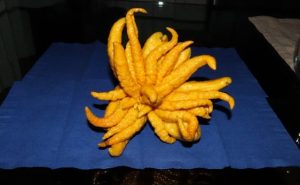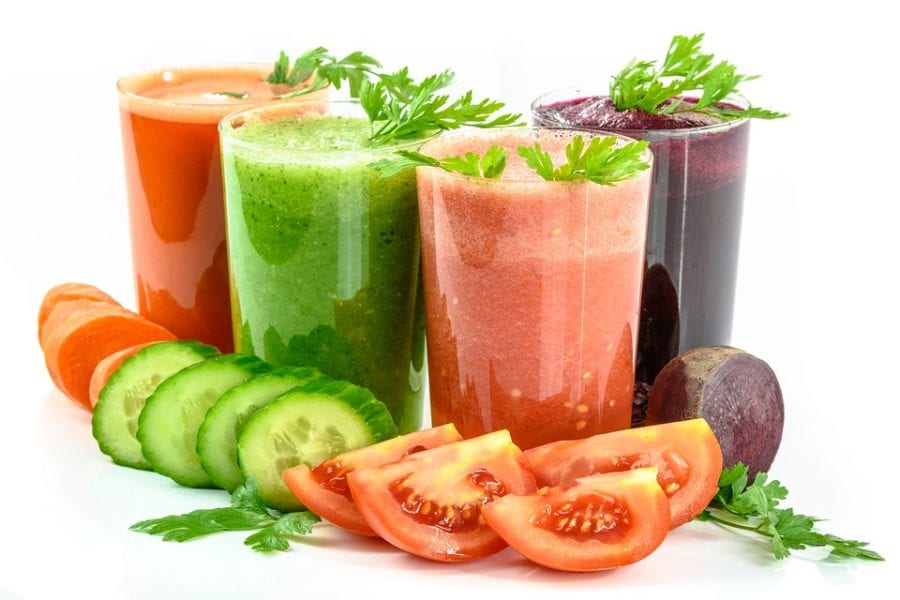Antioxidants are synthetic or natural substances that protect cells from oxidants, they are chemical entities that remove electrons from inorganic and organic molecules. In a living cell, oxidants wreak havoc by causing oxidative stress, the production of peroxides and radicals, which results in temporary or permanent damage to proteins, lipids, or DNA.
Chronic illnesses and cancer are among a long list of devastating consequences of the oxidative stress. Fruits and vegetables are rich in antioxidants, prompting many diets and plant-based dietary supplements, advertised to prolong lives and prevent cancers.
“But what is really an antioxidant? Can one, at a cellular level, speak of direct and indirect antioxidants? Can oxidative stress be quantified and characterized? What are the oxidant species that may have regulatory functions in a cell?” Those are the questions BioFactors Editor-in-Chief Angelo Azzi from Jean Mayer USDA Human Nutrition Research Center on Aging at Tufts University asked the scientific community 13 years ago [Azzi, A., et al. FEBS Lett.558, 3–6.].
Revisting this issue, Angelo Azzi in this paper titled “Antioxidants: Wonder drugs or quackery?”, reviews the latest developments, controversies, and media coverage in antioxidant research, with a particular focus on α-tocopherols and β-carotenes.
In the abstract of his review, he writes, “An answer to the question posed by the title must be simple not to disturb in his tomb Albert Einstein, who wrote, “Man muß die Dinge so einfach wie möglich machen. Aber nicht einfacher”. A simple answer (not simpler) can be: Antioxidants are not antioxidants, they are not wonder drugs and they are not all quackery; but they are not nothing. The arguments in support of this conundrumic statement will be developed below.”
See the rest of the paper here.

















